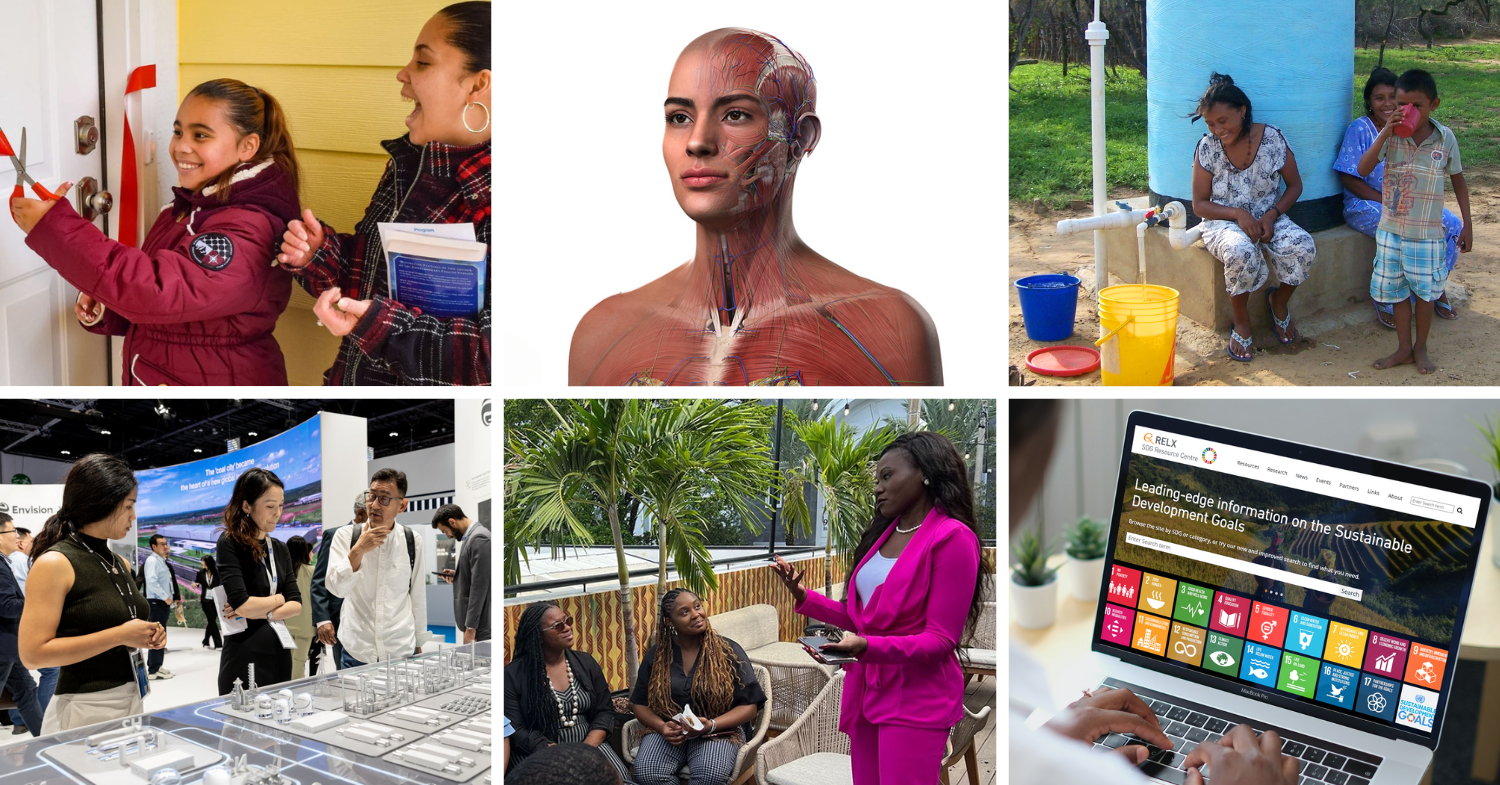The Green Economy, as it is understood in the 21st century, is an economic model designed to function in harmony with the environment, as opposed to against it. It actively seeks to reduce environmental risks and ecological scarcities while aiming for sustainable development. It also champions the notion of not only economic, but also social well-being. Central to this model are two guiding principles – reducing emissions and minimizing waste, while increasing efficiency in the use of resources. Thus, the Green Economy and Sustainable Development Goals (SDGs) set by the United Nations (UN) are inextricably linked, both attempting to create an integrated approach to solving environmental, societal, and economic challenges.
The 17 SDGs are aimed at eradicating poverty, fighting inequality, and addressing climate change, among others. Many of these goals are directly linked to the principles of the Green Economy. For example, SDG 7 advocates for affordable and clean energy, which echoes the Green Economy's push for the efficient use of resources and lower emissions. Similarly, SDG 12, which is about responsible consumption and production, corresponds to the Green Economy's focus on minimizing waste and resource efficiency.
The Green Economy acts as a driving force to achieve these SDGs by fostering economic growth and job creation, through sustainable and environmentally-friendly practices. By directing investments into sectors such as renewable energy, sustainable agriculture, and green construction, it helps not only in achieving SDGs related to climate action and responsible consumption but also those associated with poverty eradication, zero hunger, and decent work, to name a few. Through this holistic approach, the Green Economy ensures the synergistic attainment of SDGs, promoting an inclusive, resilient, and sustainable future for all.
The relationship between the Green Economy and the SDGs is a symbiotic one, where each feeds into and strengthens the other. The Green Economy offers a practical pathway to reach the SDGs, while the SDGs provide a comprehensive framework that gives direction to the Green Economy. It’s a sustainable match made in heaven, where the implementation of one enhances the achievement of the other, making them two sides of the same coin in the quest for global sustainability and a better future for all.
Technological Pathways for Africa' s Net-Zero Economy, Technology Solutions to Unlock Africa's Sustainable Future, 2025, Pages 217-235
This chapter advances Goal 13 by educating politicians, industry experts, and researchers on the significance of shifting toward sustainable energy solutions by offering a thorough examination of essential elements and discussing possible obstacles.
Encyclopedia of Renewable Energy, Sustainability and the Environment, Volume 1, 2024, Pages 497-508
This chapter relates to the energy transition and renewable fuels for global energy demands. UN SDG Goal 7
Encyclopedia of Renewable Energy, Sustainability and the Environment, Volume 1, 2024, Pages 345-354
This chapter covers the basics of sustainable development and climate-related problems and gives a comprehensive overview of the 17 UN sustainable development goals.
Transportation electrification is a critical step toward energy transition and a low-carbon society, with wide-ranging social and economic impacts. This study examines the significant role of the 2023 United Auto Workers strike in the context of transportation electrification, with a focus on its implications for the automotive industry and labor market dynamics.
Reaching the Paris Agreement temperature targets requires a substantial increase in individual countries’ ambition to reduce GHG emissions. Research on the macroeconomic implications of global decarbonization pathways is limited, often focuses on the energy sector, and ignores shifts toward non-energy sectors, leading to concerns regarding unemployment and economic losses. We aim to analyze the mitigation options to bring emissions in line with ambitious climate targets and evaluate the macroeconomic consequences of this energy transition to investigate these concerns.

